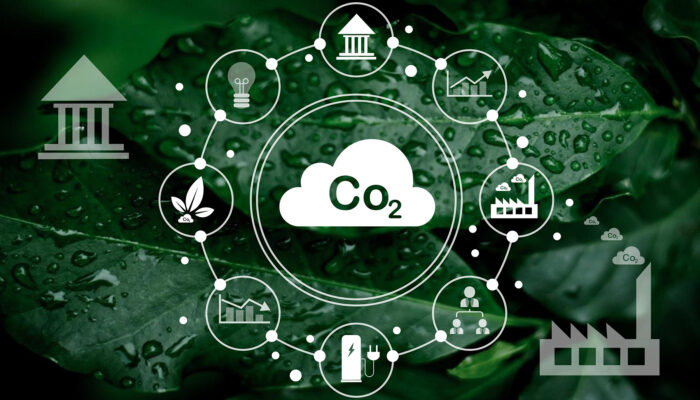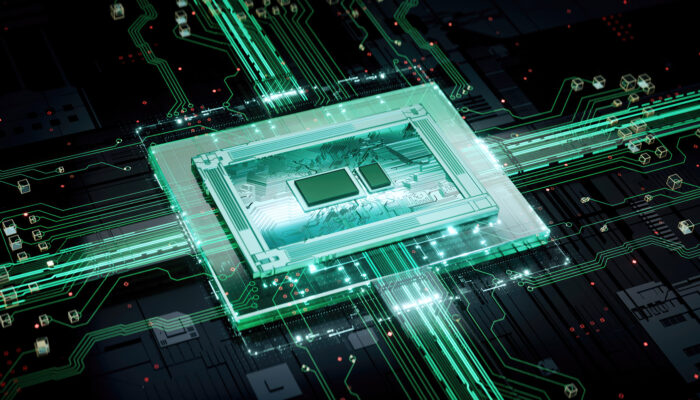In the expansive landscape of the Internet of Things (IoT), the quest for sustainable power solutions has emerged as a pivotal challenge. With the IoT market forecasted to surpass $1.6 trillion by 2025 [1], the demand for efficient power solutions has become increasingly pressing. However, the reliance on traditional batteries poses significant environmental and logistical hurdles, driving the imperative for sustainable alternatives.
The IoT market’s exponential growth, fuelled by advancements in connectivity, sensor technologies, and data analytics, underscores the critical importance of sustainable power solutions. With over 75 billion connected devices projected to be in operation within the next decade [2], the reliance on conventional batteries is unsustainable in the long run. The proliferation of IoT devices, ranging from smart home gadgets to industrial sensors, has led to an unprecedented surge in battery consumption. The sheer number of batteries being utilised not only presents challenges in terms of resource depletion but also raises concerns about the environmental impact of battery disposal.
Certain sectors within the IoT industry stand out as particularly in need of alternative battery solutions. For instance, industries such as healthcare, where continuous monitoring devices are extensively used, require reliable and long-lasting power sources to ensure uninterrupted operation [3]. Moreover, in industrial settings, where sensors and monitoring devices are deployed in harsh environments and remote locations, sustainable battery alternatives can reduce maintenance costs and enhance operational efficiency. Additionally, in the realm of smart agriculture, where IoT devices are employed for precision farming and environmental monitoring, sustainable power solutions are essential to enable data-driven decision-making and optimise resource utilisation.
Despite efforts to recycle batteries, the process remains inefficient and often results in hazardous waste [4]. Improper disposal of batteries can lead to soil and water contamination, posing risks to ecosystems and human health. In addition, the reliance on finite and environmentally damaging resources, such as lithium and cobalt, further exacerbates the sustainability issue. As the global demand for batteries continues to escalate, concerns over resource depletion, environmental degradation, and geopolitical tensions surrounding resource extraction intensify.
The transition to sustainable battery alternatives is not only a matter of environmental responsibility but also a strategic imperative for ensuring the long-term viability of IoT deployments. By reducing reliance on conventional batteries, organisations can mitigate environmental risks, enhance operational efficiency, and contribute to a more sustainable future. In this context, the development and adoption of innovative power solutions, such as kinetic energy harvesting, thermal energy harvesting, RF energy harvesting, and organic photovoltaics, offer a compelling pathway towards addressing the sustainability challenges facing the IoT ecosystem.
Unleashing Motion: Kinetic Energy Harvesting for Battery-Free IoT Solutions
In the quest for sustainable battery alternatives, kinetic energy harvesting stands out as a promising solution. By harnessing ambient motion to generate electricity, companies like EnOcean and MicroGen Systems are paving the way for battery-free IoT deployments. EnOcean’s self-powered wireless technology, backed by investors such as Wellington Partners, enables energy harvesting from motion, light, and temperature differentials, providing a reliable and maintenance-free power source for IoT devices. Similarly, MicroGen Systems, supported by investors including Yamaha Motor Ventures, specialises in vibrational energy harvesting, offering compact and efficient solutions tailored to diverse applications, from industrial monitoring to wearable technology.
The other notable player in the kinetic energy harvesting space includes KineticCore Technologies, who focuses on converting mechanical motion into usable energy, targeting solutions for smart buildings and industrial IoT.
Harnessing Heat: Thermal Energy Harvesting Redefining IoT Sustainability
Thermal energy harvesting is another frontier in sustainable power generation for IoT devices. This technology harnesses the temperature differences between two surfaces or environments to generate electricity, enabling self-powered devices and reducing reliance on traditional batteries.
Gentherm, backed by investors including Bessemer Venture Partners, offers innovative solutions for harvesting waste heat from automotive and industrial processes, reducing reliance on traditional batteries, and enhancing sustainability.
Beyond Wires: Radio Frequency Energy Harvesting Fuels Wireless IoT Innovation
Radio Frequency (RF) energy harvesting, a method of harnessing the electromagnetic energy from various sources, such as radio and television broadcasts, cellular networks etc, holds immense potential for powering wireless IoT devices in environments with abundant RF signals.
Powercast Corporation, supported by Silverton Partners, specialises in RF energy harvesting technology, enabling long-range wireless power transmission and empowering IoT deployments across sectors. Perpetua Power Source Technologies, backed by investors Anzu Partners, focuses on miniature energy harvesting solutions, leveraging RF signals to power sensors and wireless devices in remote or inaccessible locations, eliminating the need for battery replacements and reducing environmental impact.
Powering Up Naturally: Organic Photovoltaics Lighting the Way for Sustainable IoT Devices
Organic photovoltaic (OPV) solutions offer a transformative approach to addressing the sustainability challenges inherent in powering IoT devices, particularly in the realm of radio frequency identification (RFID) technology. One significant application lies in the transformation of costly active RFID tags into highly efficient semi-passive RFID tags, offering comparable functionalities at a fraction of the cost.
Traditional active RFID tags rely on built-in batteries to power the device and transmit signals over long distances, enabling real-time tracking and monitoring of assets. However, the reliance on batteries introduces significant cost implications, as well as environmental concerns related to battery disposal and replacement. Additionally, the bulkiness of active RFID tags limits their applicability in certain scenarios.
This paradigm shift is exemplified by innovative companies like Dracula Technologies and Epishine, pioneers in the field of organic photovoltaics (OPV). Dracula Technologies, supported by investors Sofimac Innovation and Demeter, specialises in the development of OPV-based solutions, utilising organic materials to create lightweight, efficient, and environmentally friendly power sources. While Epishine, backed by investors including SEB Venture Capital, offers thin-film solar cells that integrate seamlessly into RFID tags, enabling solar-powered operation in indoor and outdoor environments.
The adoption of OPV technology has the potential to transform expensive active RFID tags into cost-effective and performant semi-passive RFID tags. By harnessing sunlight to generate electricity, these devices can operate autonomously without relying on external power sources or batteries. This not only reduces operational costs but also enhances sustainability by eliminating the need for finite and environmentally harmful resources.
As the demand for sustainable power solutions continues to grow, the aforementioned companies and their innovative technologies are poised to play a pivotal role in shaping the future of IoT. By harnessing ambient energy sources and developing eco-friendly power solutions, they are paving the way for a more sustainable and connected world, where IoT devices can operate seamlessly without the constraints of traditional batteries.
Charting the Future: Anticipating Surges in Fundraising and M&A Activity
The potential for battery-free IoT devices to disrupt industries is immense, driven by the convergence of sustainability imperatives and technological innovation. As IoT continues to grow into a multi-trillion-dollar market, the need for efficient, eco-friendly power solutions becomes increasingly urgent.
Whilst fundraising and M&A activities in this sector are still at their infancy, with most fundraising being sub-$50 million and no sizeable M&A, they are likely to surge as investors and companies recognise the transformative impact of energy-harvesting technologies on traditional business models.
The successful fundraising efforts by companies like Wiliot, $200 million raise in a funding round led by SoftBank for its battery-free Bluetooth tags and Everactive, $35 million raised for its battery-free wireless sensors technology, suggest that more significant investments and acquisitions are on the horizon.
The growth of the battery-free IoT power landscape is not only driven by market forces but also by supportive government policies and initiatives. Governments worldwide are increasingly recognising the importance of sustainable energy solutions and are implementing policies to encourage the adoption of eco-friendly technologies. Such policies are expected to create a favourable environment for companies operating in the battery-free IoT power space, attracting further investment, and driving innovation.
However, realising the full potential of battery-free IoT devices requires concerted efforts from industry stakeholders, policymakers, and investors. Collaboration among these key players is crucial to address challenges such as standardisation, interoperability, and scalability. By fostering partnerships and promoting open innovation, the industry can accelerate the development and deployment of sustainable IoT power solutions.
Learn more about us.
View our transactions.










